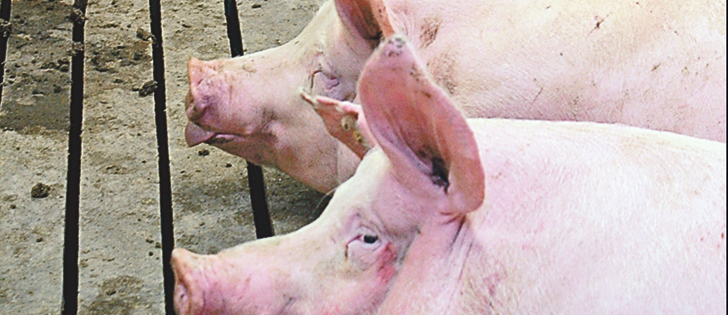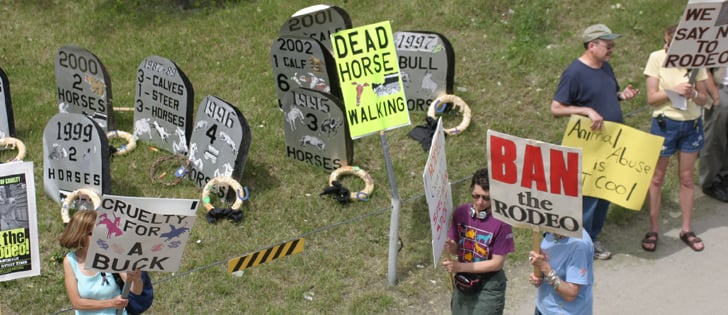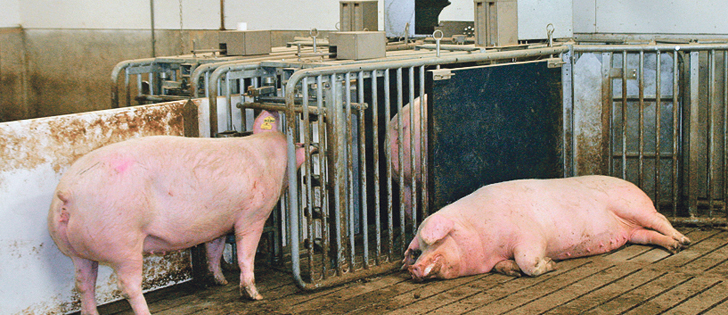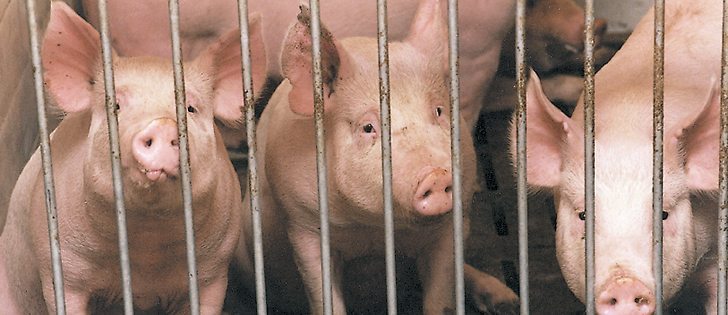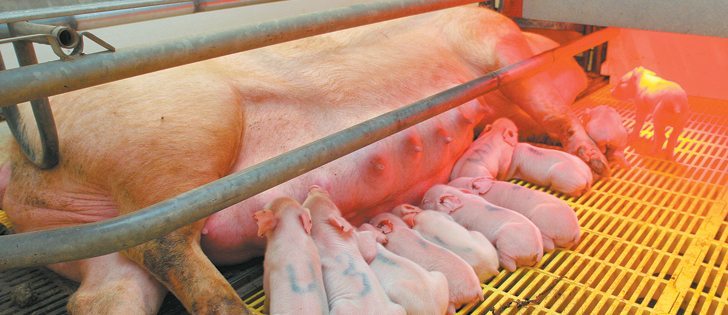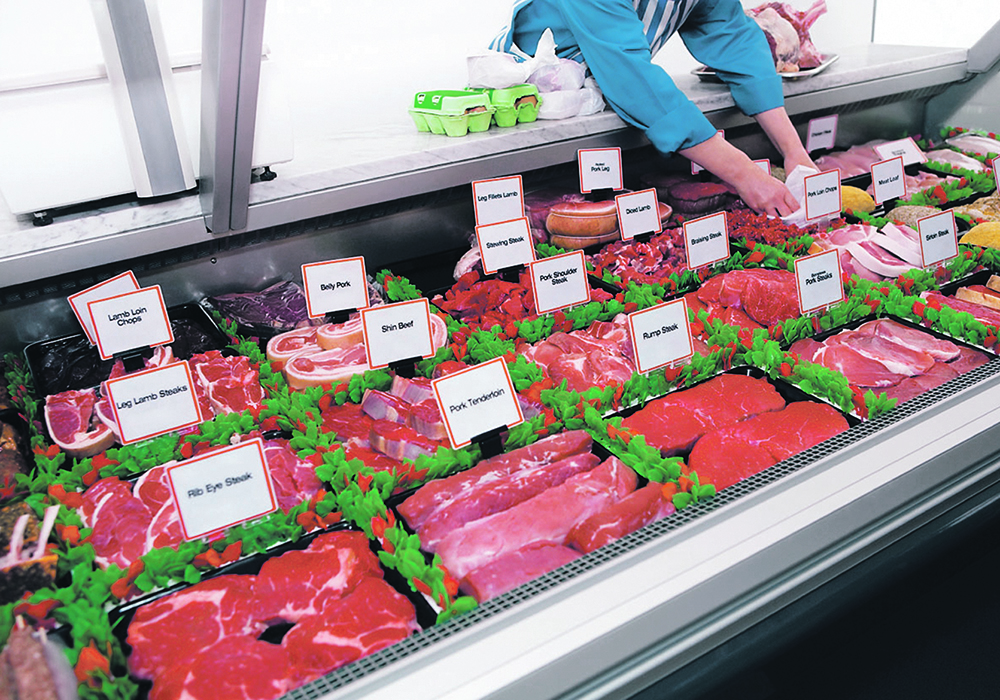Moving from pen gestation barns to open housing raises the bar in terms of skills needed by the ideal manager
BANFF, Alta. — Think like a pig.
And a single word for thinking like a pig, at least in an open sow barn setting, is stockmanship.
Dr. Tom Parsons was a hog farmer before he became a veterinarian and professor in swine medicine at the University of Pennsylvania. He told those at the Banff Pork Seminar Jan. 11 that the success of open sow housing depends on the people looking after it.
“You can gain more benefits from a pen gestation barn by having better levels of stockmanship,” Parsons said in an interview after his talk.
Read Also

Farming Smarter receives financial boost from Alberta government for potato research
Farming Smarter near Lethbridge got a boost to its research equipment, thanks to the Alberta government’s increase in funding for research associations.
“In part, the animals have a much larger behavioural repertoire when they’re in a pen, and so that gives you the opportunity to see problems sooner. If you’re trained and you’re successful or a good stockman, you can go ahead and take advantage of that additional information those animals are giving you.”
That’s not to say stockmanship in gestation stall barns is lacking, he added, but “as we transition into these new barns, it’s probably going to raise the bar in terms of what is needed to at least maximize the advantages with these systems.”
All sow barns in Canada must convert to open sow housing by 2024, as required by the code of practice for the care and handling of pigs.
All new barns must also use the loose system.
It is a vastly different method of production, said Parsons, and takes the right kind of people to manage it.
“I think people that like animals and enjoy interacting with animals, maybe even just simply this notion of having empathy for animals, I think are all attributes that are going to be helpful,” he said.
“They may not necessarily be essential … but if those people have that inherent liking for animals, its just a much more rewarding job for them.”
Kevin Stuckey, sow division manager for Ohio-based Cooper Farms, said the ideal manager has strong people skills, problem-solving ability, some computer skills and a willingness to lead.
He doesn’t consider sow production experience to be a requirement.
The other skills are more important, said Stuckey, who oversees operations on several farms comprising 28,800 sows.
“It works,” said Stuckey about loose housing. “It’s just about how you manage it … and it’s about the people that you put in there.”
Parsons agreed with that assessment. He considers staff and managers to be more crucial than pen design when it comes to switching from a stall barn to loose housing.
“Good people can make anything work. The best-designed barn cannot make up for poor or inadequate staff,” he said.
“The pigs and machines (electronic swine feeders) do well together. It just seems to be the people that really provide the challenge.”
Parsons said he has helped about 75 farms in the United States and Canada make the transition, and they ranged in size from 100 sows to 10,000.
The people who worked in the stall barn may not be the right ones for an open barn, said Parsons, and managers need to be aware of that.
Once the right people are in place, they must be given adequate training. That is the biggest challenge in an electronic feeding system, according to a survey of those who switched, Parsons said.




